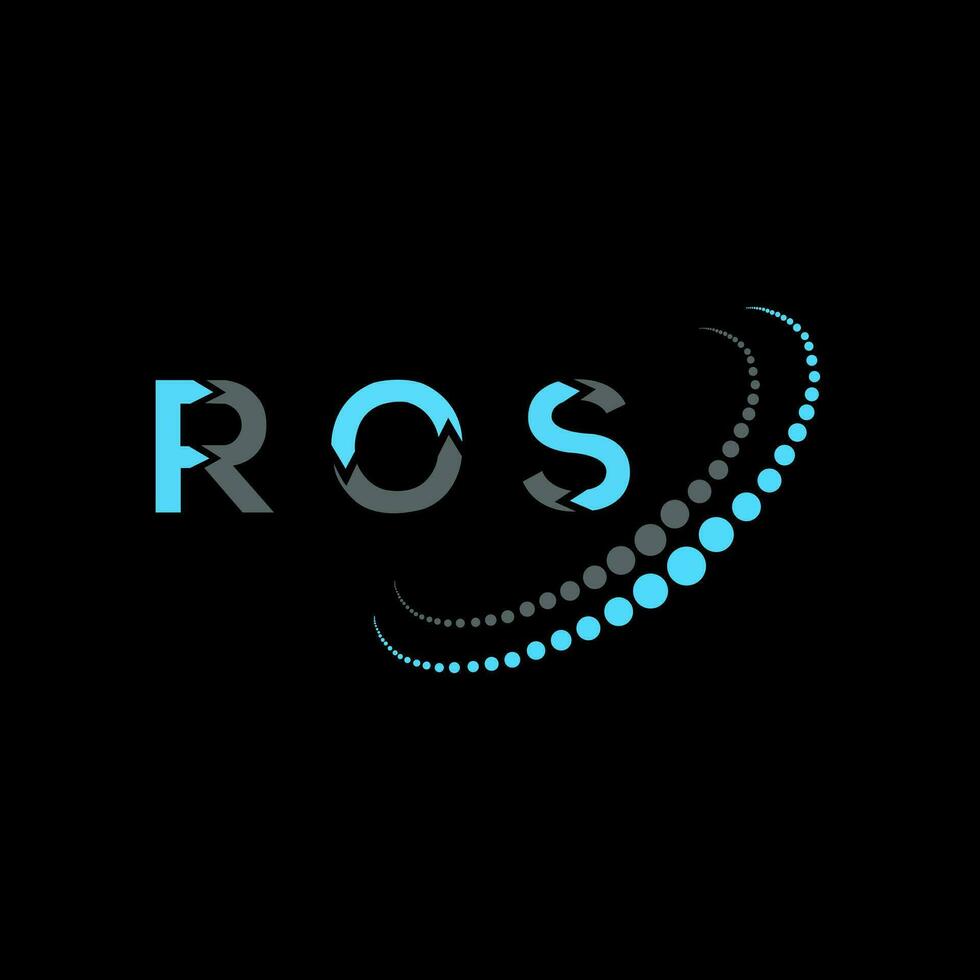
Global Robot Operating System (ROS) Based Robot Market is expected to reach USD 88 billion by 2030
Share

The global ROS-Based Robot Market, is projected to reach USD 88 billion growing at a compound annual growth rate CAGR of 8% by 2030, according to new research by Next Move Strategy Consulting.
ROS-based robots utilize the Robot Operating System (ROS) framework, an open-source platform that supports a wide range of robotics applications, including sensor integration, communication, and modular development. This standardized approach has gained significant traction, particularly in industries such as healthcare, logistics, and manufacturing, where versatility and adaptability are paramount.
In the healthcare sector, ROS-based robots are revolutionizing medical practices, improving precision and efficiency in tasks such as surgical assistance, telemedicine, and patient care. These robots play a pivotal role in enhancing healthcare delivery, ultimately improving patient outcomes.
In logistics, ROS-based robots are streamlining warehouse operations, optimizing inventory management, and improving goods transportation efficiency. Their ability to navigate complex environments and perform repetitive tasks with minimal human intervention boosts productivity and reduces operational costs.
The manufacturing sector is also witnessing a significant transformation with ROS-based robots driving automation and enhancing production efficiency. The robots' ability to adapt swiftly to changes in product design and production volume is a key feature, making them indispensable in modern manufacturing environments.
The ROS-based robot market is further fueled by the advent of Industry 4.0 and the growing trend of smart manufacturing. Industry 4.0 is characterized by the integration of advanced technologies, automation, and data exchange, aligning perfectly with the capabilities of ROS. The open-source and modular nature of ROS allows for rapid reconfiguration of robotic systems, enabling manufacturers to quickly adjust to changes in production requirements and product specifications.
Claim Your FREE Sample and See the Difference!
In smart manufacturing environments, ROS ensures seamless interoperability between various robotic components, sensors, and devices, fostering efficient communication and enabling the requisite connectivity for automation. This makes ROS-based robots crucial in driving efficiency and collaboration in modern industrial settings.
Conclusion: The ROS-Based Robot Market is on a strong growth trajectory, driven by the increasing adoption of robotics in healthcare, logistics, and manufacturing sectors. The rise of Industry 4.0 and smart manufacturing is further accelerating demand for ROS-based robots due to their flexibility, adaptability, and seamless integration across various industries. With advancements in automation and data exchange, ROS-based robots are transforming industries, enhancing operational efficiency, and fostering innovation. The market's future looks promising, with continuous technological advancements and expanded applications positioning ROS-based robots at the forefront of global industrial transformation.